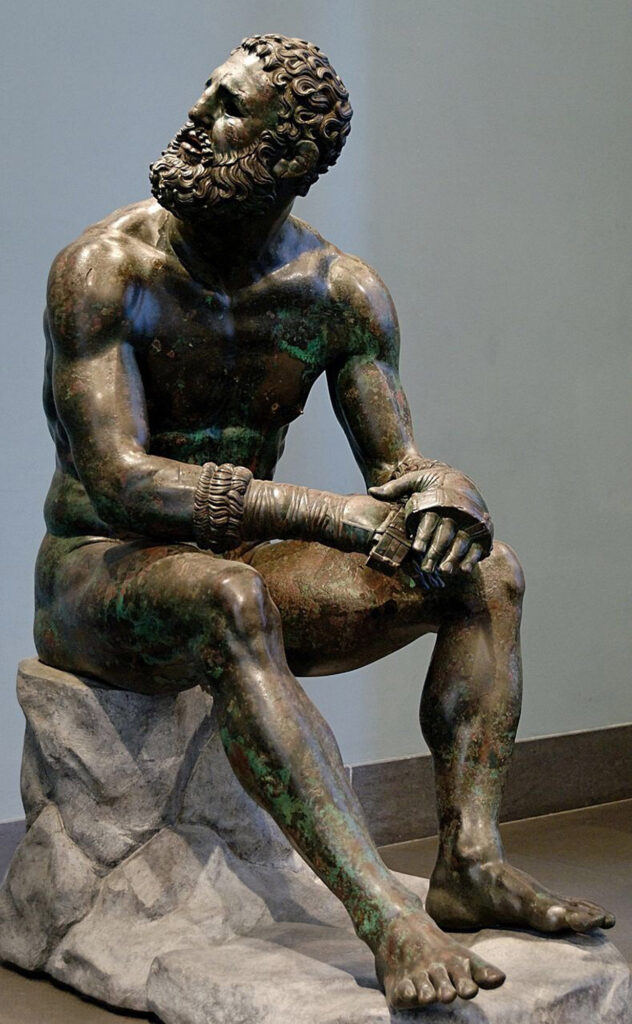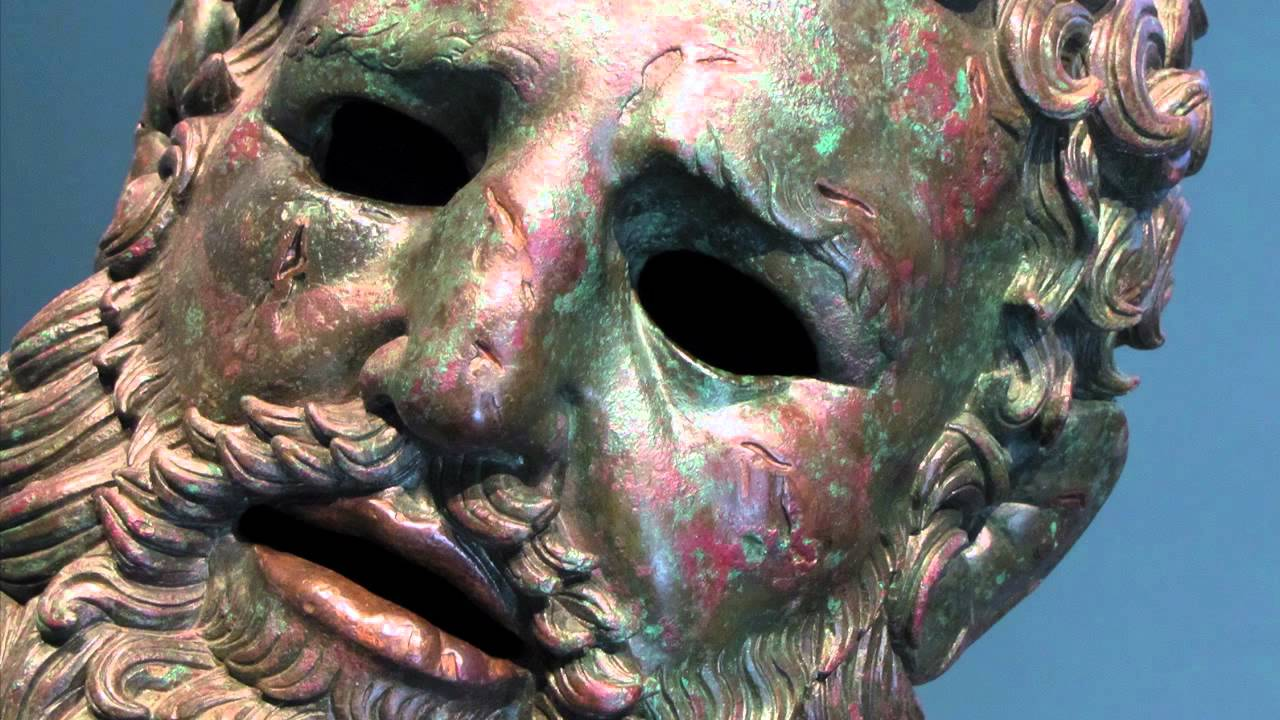Hellenistic - AP History notes (emotion, drama, naturalism) 😱🎭🌿
About Hellenistic
Beings after the death of Alexander the Great.
divided his kingdom into 3 parts.
Main focus:emotion, drama, naturalism.
Hellenistic: mixture of different styles.
Key words (Hellenistic)
Architecture:
Columnade
Frieze
wet drapery
Artistic:
high relief
gigantomosy
foreshortening
mosaic
teserae shard
Altar of Zeus (Pergamon, Turkey) ⚡
Located in Pergamon, Turkey. Dedicated to the god Zeus. Commissioned by King Attalos.
Main inspiration for the West front altar:
Attalos I vs. Gauls ⚔
Defeat of the Persians (Pergamenes over the Persians)🏆
Battle between Gods and Giants 🌬
Narrative: Attalos defeated the Gauls/Persians; temple is meant to celebrate the victory.
Altar was commissioned by King Attalos.
Key words:
Architecture:
Columnade
Frieze
Frieze sculptures
Ionic capital (not Doric)
gigantomachy
metope (contains statues)
Artistic:
Power and authority
high relief
Athena Battling Alkyoneos (Athens, Parthenon) ⚔
Narrative: Athena is taking Alkyones by the hair and dragging him, placed across the stairs of the Altar of Zues. Alkyones is humiliated by Athena.
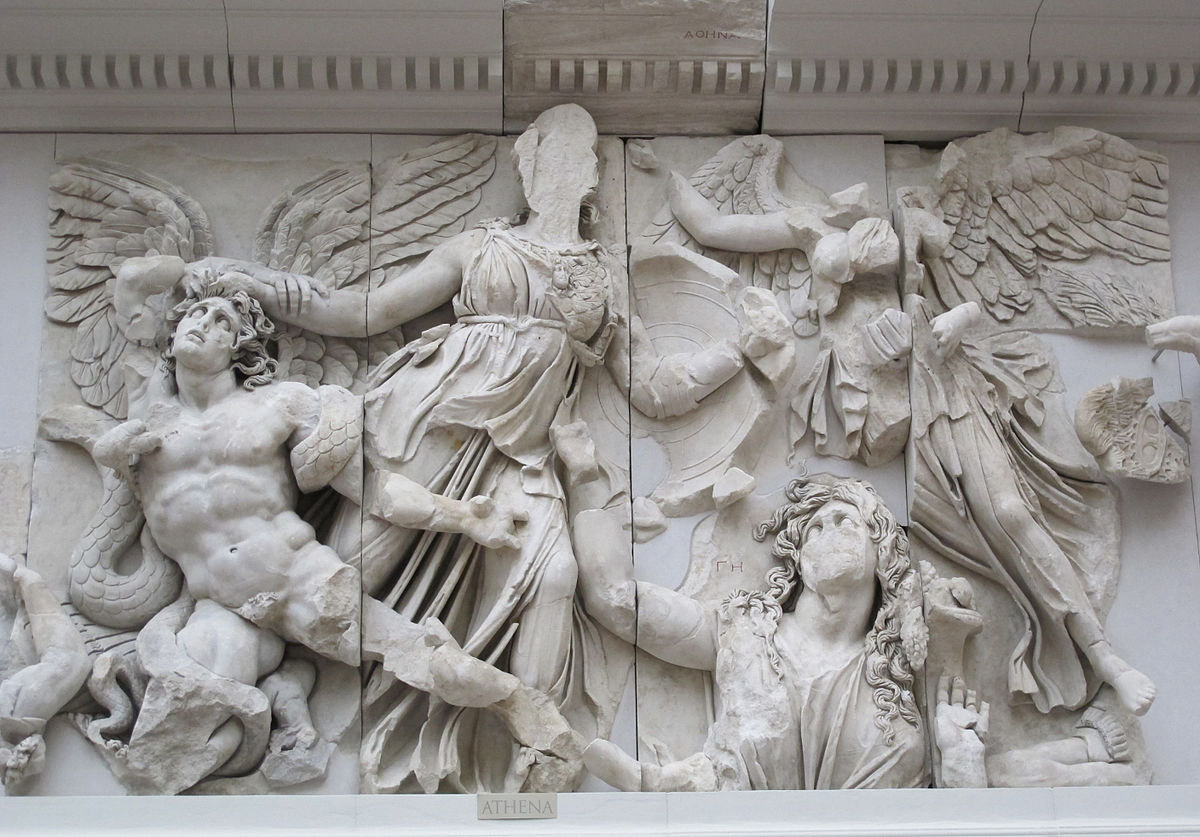
Key characters:
Athena and Athena Nike
Alkyoneos the giant
Gaia the earth Goddess (mother of Alkyones)
Key words:
Architecture:
gigantomachy
gigantomy scene
overlapping
wet drapery
Artistic:
high-relief
laurel crown (Given by Athena Nike to Athena)
power and authority
The Alexander Mosaic (Pompeii, Italy - Battle of Issus) 🐎⚔
A decorative/utilitarian mosaic art piece depicting Alexander the Great in the chaotic battle of Issus 📮 on a chariot.
This art piece was discovered in the House of Faun, Pompeii.
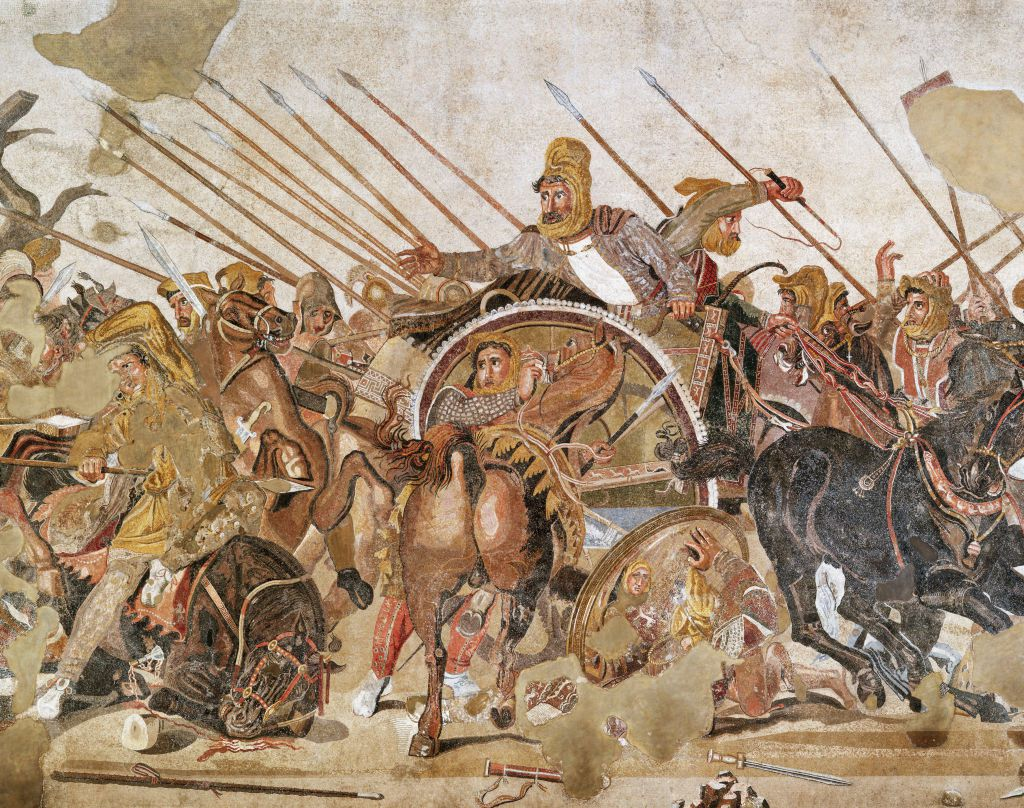
Commissioned/created by citizens of Pompeii.
meant to be placed in a home as floor/wall tiles.
shows strong demonstrations of emotion.
Narrative: Alexander and his army is charging towards Darius III on a chariot. Darius’ army is also battling Alexander’s soldiers.
celebrates the victory over the Persians and the Battle of Issus 📮.
Key words:
Artistic:
mosaic
Tesserae (shards)
prespective
ground
foreshortening
foreground; middle ground; background (Advanced perspective)
decorative / utilitarian
crowded composition
House of Faun, Pompeii
Key characters:
Darius III
Alexander the Great
Charioteer
other facts:
first depictions of crowded composition
new words; advanced perspective, crowded composition
use of mosaic and tesserae again (used back in the Standard of Ur)
Nike of Samothrace (Victory of Samothrace, Greece) 🏆🥇
This 12 ft contrapposto wet-drapery marble sculpture was found with no head or arms. Patrons and artist is N/A.
Conjectured to be a Masthead on a ship. (Victory monument).
Made to celebrate naval battles on the island of Samothrace; is also apart of a fountain.
wet-drapery are moving against the strong wind in front of her, as well as her wings. Victory is ready to take off.
There were many depictions of how Athena Nike would’ve posed in this sculpture.
Athena Nike is symbolic of Victory. 🏆
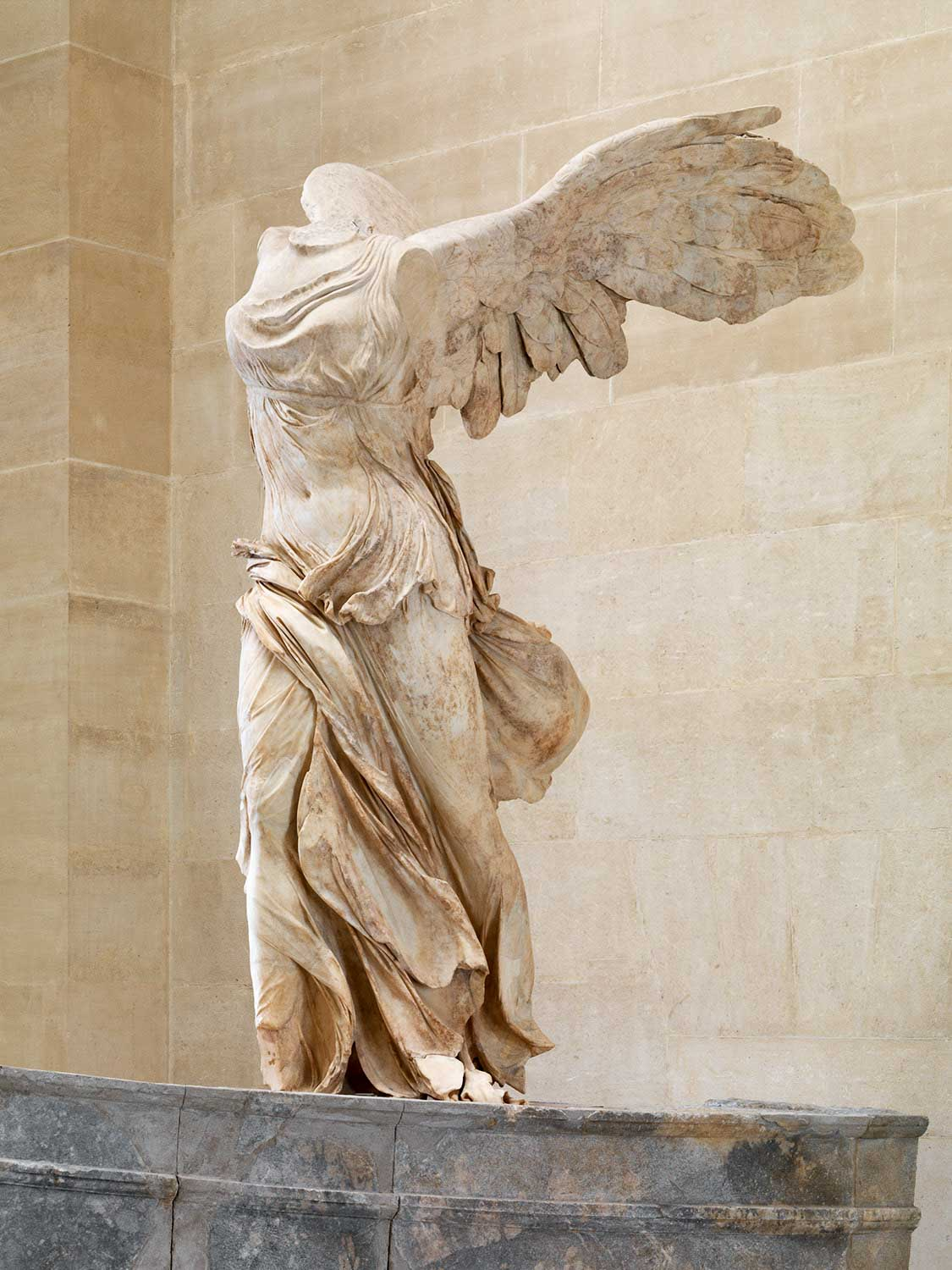
Narrative: The Nike of Samothrace was built to celebrate a naval battle at Samothrace.
this statue was apart of a Double-Tier fountain to create the illusion that Nike is on a boat.
Nike of Samothrace was found on a fountain of 2 tiers (low; water and rocks > top tier; Athena Nike)
Key words:
wet-drapery
conrtapposto
double-tier (fountains)
marble
Seated Boxer (Quirinial - one of 7 hills, Rome) 🥊
The bronze seated boxer sculpture depicts not of victory but of losing. Possibly an actual depiction of a real-life (famous?) athlete.
Mostly inspired by the Lysippos (A statue that depicts a weary Hercules; Hercules is always depicted battling).
All sections of the seated boxer is made from lost wax, then wielded together.
Copper is used to depict blood, ear is in the shape of the cauliflower ears (type of boxing injury).
Possibly a good luck charm for athletes. 🍀🥊
Key words:
lost wax
copper
bronze
stone
cauliflower ears
narrative: The seated boxer was a portrayal of a possibly real-life Greek athlete who lost a boxing match.
similar to the superstition of rubbing a statue of Hercules for luck in battle; the seated boxer also showed indications that people had been rubbing it’s foot for luck.
shows a lot of emotion, drama, and naturalism.
 Knowt
Knowt
